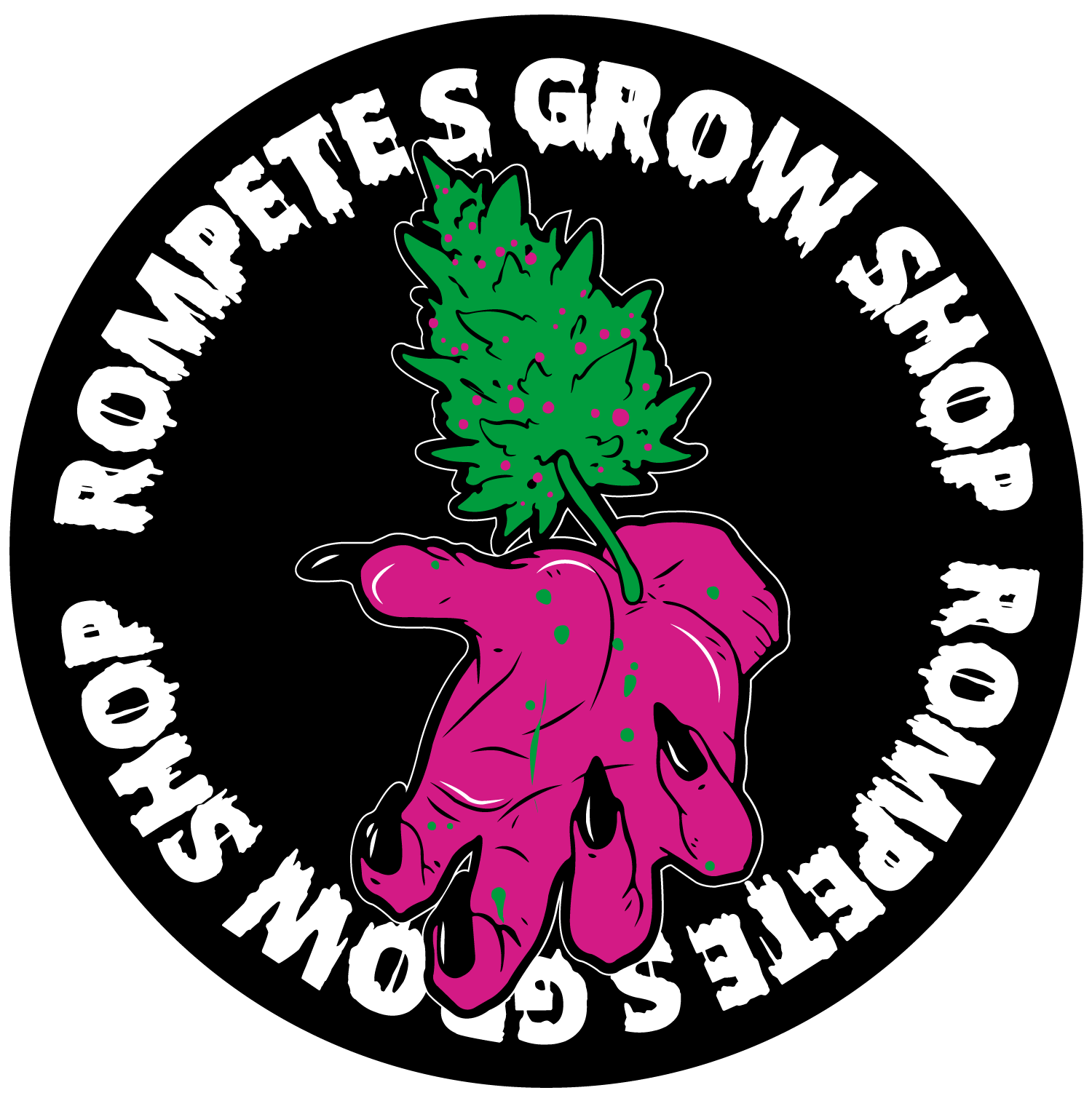1. Introduction: The Power of Symbols in Human Societies
Throughout human history, symbols have played a vital role in representing authority, divine power, and social cohesion. These symbols—ranging from royal insignia to religious icons—serve as visual cues that communicate complex social messages quickly and effectively. They help define a group’s identity and establish hierarchical structures, often inspiring loyalty and reverence among followers.
Understanding the influence of symbols provides insight into how societies maintain stability and order. In modern times, these symbols continue to shape perceptions and influence behavior, whether through national emblems, corporate logos, or digital icons. They act as silent yet powerful tools for establishing credibility, trust, and authority.
Contents
- Historical Foundations of Symbols of Power
- The Psychological Impact of Power Symbols on Society
- Modern Manifestations of Power Symbols
- The Role of Symbols in Consumer Culture and Marketing
- Non-Obvious Dimensions of Power Symbols
- Case Study: The Gates of Olympus 1000 as a Modern Power Symbol
- Ethical Considerations and Critiques of Power Symbols
- Conclusion: The Enduring Influence of Symbols of Power
2. Historical Foundations of Symbols of Power
a. Ancient symbols: from divine insignia to royal regalia
Ancient civilizations used symbols extensively to denote divine authority or royal legitimacy. For example, the Egyptian pharaohs employed the crook and flail, symbols of kingship and divine right, while Mesopotamian rulers bore scepters topped with stylized images of gods. These insignia served not only as markers of power but also as talismans believed to carry divine favor.
b. The evolution of symbols: from religious to political contexts
As societies evolved, symbols shifted from purely religious insignia to political emblems. The Roman laurel wreath, once a divine symbol, became a marker of military victory and imperial authority. During the Middle Ages, coats of arms and heraldic symbols represented noble families, reinforcing social hierarchies. This transition illustrates how symbols adapt to new contexts while retaining their core significance of authority.
c. Case studies: royal purple, divine lightning, and valorous gems
The color purple, originally derived from the rare Tyrian dye, became an imperial color associated with sovereignty, exemplified by Roman emperors and later European monarchs. Similarly, lightning bolts have symbolized divine wrath or power in various mythologies. Valorous gemstones like rubies and sapphires have historically signified bravery and high status, often embedded in crowns and scepters to embody authority and valor.
3. The Psychological Impact of Power Symbols on Society
a. How symbols evoke emotional responses and loyalty
Symbols tap into deep-seated emotional responses, fostering loyalty and a sense of belonging. For example, national flags evoke patriotism, while corporate logos like Apple’s apple symbol foster brand loyalty. These symbols become focal points for collective identity, often triggering subconscious feelings of trust or admiration.
b. The subconscious influence of color, material, and design
Research shows that colors like purple are subconsciously associated with luxury and authority, while red signifies courage and passion. The tactile quality of materials—such as gold or gemstones—also influences perceptions of value and power. Design elements like symmetry and grandeur further reinforce the authority conveyed by symbols.
c. Examples: purple dye’s association with royalty, red gems as symbols of courage
The historical association of purple dye with royalty is rooted in its rarity and cost, which made it a symbol of exclusivity and divine right. Similarly, red gemstones like rubies have long been linked to bravery and valor, often worn by warriors and leaders to symbolize their courage and status.
4. Modern Manifestations of Power Symbols
a. Corporate branding and logos as symbols of authority
In today’s economy, logos serve as visual representations of corporate authority and trust. For instance, the swoosh of Nike symbolizes athletic excellence and leadership, while Apple’s minimalist apple logo conveys innovation and premium quality. These symbols shape consumer perceptions and influence purchasing decisions.
b. National symbols: flags, emblems, and monuments
National symbols, such as flags and monuments, evoke a collective sense of pride and sovereignty. The American flag, with its stars and stripes, embodies ideals of freedom and unity. Monuments like the Statue of Liberty or the Eiffel Tower serve as enduring symbols of national identity and power.
c. Technology and digital symbols: icons, security marks, and virtual insignia
In the digital age, icons and security marks function as symbols of trust and authority. Padlocks on websites indicate security, while icons like the shield or checkmark symbolize protection and authenticity. These symbols influence user behavior and perceptions of safety online.
5. The Role of Symbols in Consumer Culture and Marketing
a. How brands leverage symbols to convey power and trust
Brands utilize symbols to create perceptions of authority and reliability. Luxury brands often incorporate symbols of exclusivity, such as limited editions or prestigious emblems, to reinforce their status. Consistent visual identity fosters consumer trust and loyalty.
b. The use of exclusive or rare symbols (e.g., limited editions, luxury branding)
Limited editions, rare symbols, and unique designs serve as markers of exclusivity, elevating the perceived value of products. For example, a limited-edition gadget or jewelry piece with a rare gemstone can symbolize prestige and power.
c. Example: Gates of Olympus 1000 as a modern symbol of grandeur and exclusivity
Modern products like gatesofolympus1000 uk exemplify how branding leverages symbols of divine and royal power to evoke strength, prestige, and exclusivity. Such symbols resonate with consumer aspirations for status and grandeur, illustrating how visual cues continue to shape perceptions of authority in contemporary markets.
6. Non-Obvious Dimensions of Power Symbols
a. Symbols as tools for social cohesion or division
While symbols unify groups—such as national flags rallying citizens—they can also create divisions when associated with exclusion or discrimination. Symbols like swastikas or certain emblems have historically been used to marginalize or differentiate groups, highlighting their double-edged nature.
b. The transformation of symbols over time and their reinterpretation
Symbols are dynamic; their meanings can evolve. For instance, the rainbow flag now symbolizes LGBTQ+ pride, whereas historically, rainbows were seen as divine signs. Reinterpretation reflects societal changes and shifting values.
c. Hidden messages and subconscious cues embedded in symbols
Many symbols contain subliminal messages—like specific colors or shapes—that influence perceptions subconsciously. For example, the use of gold in branding signals luxury, while certain shapes can evoke stability or movement.
7. Case Study: The Gates of Olympus 1000 as a Modern Power Symbol
a. The design elements that evoke strength, exclusivity, and prestige
The branding of products like the gatesofolympus1000 uk employs design elements—such as regal motifs, gold accents, and bold typography—that evoke divine strength and royal authority. These visual cues create an immediate association with grandeur and exclusivity.
b. How the product’s branding aligns with historical symbols of divine and royal power
By adopting symbols reminiscent of divine insignia—like lightning bolts or regal crowns—the branding taps into a deep historical reservoir of authority and prestige. This alignment reinforces consumer perceptions of the product as a symbol of power and high status.
c. Consumer perceptions and the psychological impact of such symbols
Consumers often subconsciously associate these symbols with qualities like reliability, strength, and prestige. This psychological association boosts desirability and reinforces the product’s image as an emblem of exclusivity, demonstrating how modern branding continues to rely on ancient symbols of power.
8. Ethical Considerations and Critiques of Power Symbols
a. When symbols reinforce inequality or exclusion
Symbols can perpetuate social inequalities when used to exclude or marginalize. For instance, exclusive badges or emblems may reinforce elitism, creating barriers that hinder social cohesion.
b. The potential for symbols to manipulate or deceive
Manipulative use of symbols—such as propaganda or misleading branding—can deceive consumers or reinforce false perceptions of authority. Ethical use requires transparency and responsibility.
c. Responsible use and the future of symbols of power in society
As society becomes more aware, the ethical deployment of symbols involves promoting inclusivity and authenticity. Future symbols will likely need to balance power representation with social responsibility.
9. Conclusion: The Enduring Influence of Symbols of Power in Shaping Our World
Symbols of power are deeply embedded in societal structures, influencing perceptions, behaviors, and cultural identities. From ancient insignia to modern branding, their ability to evoke emotional responses and convey authority remains unchanged. As the digital age introduces new visual cues—such as icons and virtual insignia—the fundamental principles of symbolism persist, guiding societal interactions.
“Awareness and critical engagement with symbols empower individuals to interpret the power structures that shape their world.”
Understanding the historical roots and psychological impact of symbols helps us navigate modern society with greater awareness. Whether in politics, marketing, or personal identity, symbols remain a potent force shaping our perceptions and societal landscape.


